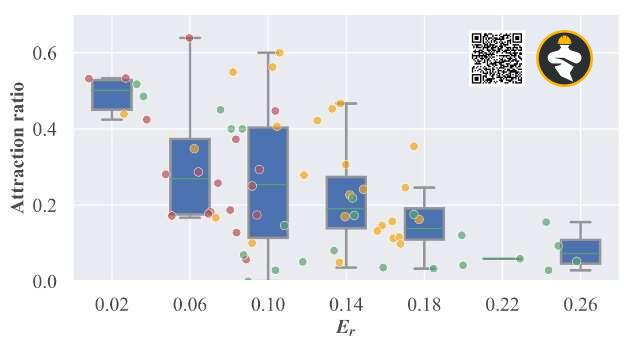In a groundbreaking study, researchers have developed fish-like robots that are capable of interacting with real fish. By mimicking the movements and behaviors of different fish species, these robots have been able to integrate into schools of fish and establish communication with their biological counterparts.
The study, which was conducted over several years, involved the development of a range of robots with different shapes and movements. The robots were then placed in tanks with real fish and their behavior was monitored by researchers.

Over time, the robots were able to learn how to communicate with the fish by mimicking their movements and behaviors. They were also able to integrate into the schools of fish, allowing them to move freely in the tank without causing any disruption.
The implications of this study are significant. By developing robots that can interact with marine life in this way, researchers hope to gain a better understanding of how fish behave and communicate in their natural environments. This could have important implications for conservation efforts, as well as for the development of new technologies that can be used to study marine life.
Moreover, these fish-like robots could also be used to monitor and clean up marine environments, as they are capable of blending in with fish schools and moving around undetected.
In conclusion, this study represents a major breakthrough in the field of marine robotics, and opens up new possibilities for research, conservation, and environmental management.
Reference: Ingrid Fadelli , techxplore.com; Ziye Zhou et al, Proactivity of fish and leadership of self-propelled robotic fish during interaction, Bioinspiration and Biomimetics (2023). DOI: 10.1088/1748-3190/acce87











